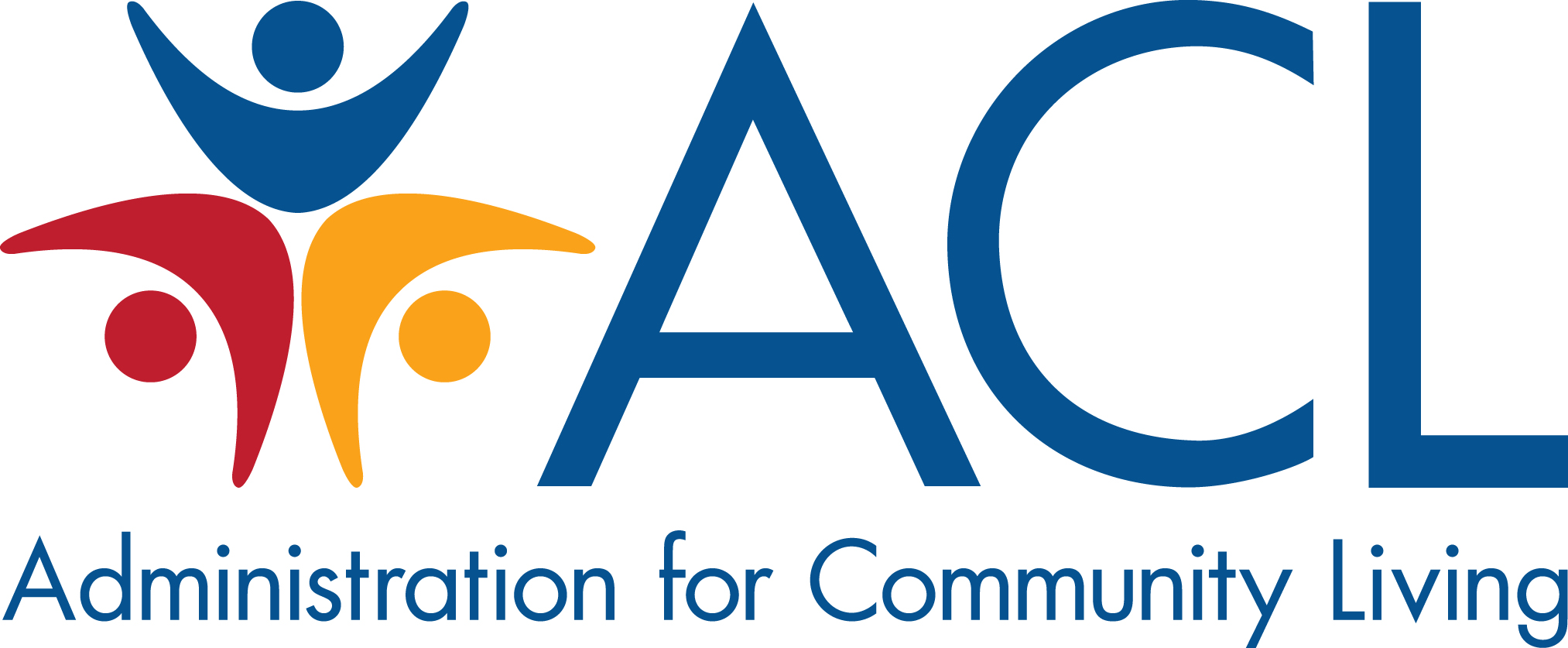Page Contents
Purpose
NIDILRR’s Model Systems programs in spinal cord injury (SCIMS), traumatic brain injury (TBIMS), and burn injury (BMS) provide coordinated systems of rehabilitation care and conduct research on recovery and long-term outcomes. In addition, these centers serve as platforms for collaborative, multi-site research, including research on interventions using randomized controlled approaches. The programs also track Model Systems patients over time in large databases.
How to Apply
- Eligible applicants are institutions of higher education, nonprofit organizations, and other organizations and/or agencies.
- Search Grants.gov for NIDILRR funding opportunities under the Model Systems program. Note: To limit the funding opportunities to Burn Model System Centers, type “burn” in the Keyword(s) text box. Then type 93.433 in the CFDA text box. Finally, left-click the “search button”. For Spinal Cord Injury Model System funding opportunities type “sci” in the Keyword(s) text box. Type 93.433 in the CFDA text box. left-click the search button. For the Traumatic Brain Injury Model Systems, type “tbi” in the Keyword(s) text box. and 93.433 in the CFDA text box. Finally, left click on the Search button.
- As a rough guideline, check the preceding link between October and April every year.
- View the Guide to Applying for some helpful application tips.
Highlights
Spinal Cord Injury Model Systems
- View a list of currently or newly-funded Spinal Cord Injury Model Systems' Centers
- View a list of completed or previously-funded Spinal Cord Injury Model Systems' Centers.
- View the National Spinal Cord Injury Statistical Center
Traumatic Brain Injury Model Systems
- View a list of currently or newly-funded Traumatic Brain Injury Model Systems' Centers
- View a list of completed or previously-funded Traumatic Brain Injury Model Systems
- View the Traumatic Brain Injury Model Systems’ National Data and Statistical Center
Burn Injury Model Systems
- View a list of currently or newly-funded Burn Injury Model Systems' Centers
- View a list of completed or previously-funded Burn Injury Model Systems
- View the Burn Model Systems National Data and Statistical Center.
The Important Contributions of the Model Systems' Knowledge Translation Center (MSKTC)
The MSKTC website is an online gateway to a variety of resources for a variety of stakeholders concerned about spinal cord injury (SCI), traumatic brain injury (TBI), and burn injury (Burn). This center also summarizes research, identifies health information needs, and develops information resources to support the Model Systems' Centers in meeting the needs of individuals who make up these three populations.
The Model Systems Knowledge Translation Center is also committed to developing information products that matter by: (1) Ensuring that stakeholder involvement drives their content; and (2) Using Plain Language. The documents below reflect the commitment to these principles.
- Testing Fact Sheets With Consumers;
- Writing and Testing Plain Language; and,
- Writing Fact Sheets That Patients Can Read and Use
The Model Systems produce many publications. Sample full-text publications produced by the model systems are presented below.
- A list of full-text publications produced by the SCI Model Systems' grantees.
- A list of full-text publications produced by the TBI Model Systems' grantees.
- A list of full-text publications produced by the Burn Model Systems' grantees.
- “Living Well” After Burn Injury: Using Case Reports to Illustrate Significant Contributions From the Burn Model System Research Program
- Thirty years of National Institute on Disability, Independent Living and Rehabilitation Research Traumatic Brain Injury Model System Centers research – an update
A Short Video Story Documenting the Impact of the University of Pittsburgh Spinal Cord Injury Model System Center
Dr. Michael Boninger, a staff member at the University of Pittsburgh Spinal Cord Injury Model System Center and the University of Pittsburgh Medical Center recounts the story of Jamie which poignantly demonstrates the difference the Spinal Cord Injury Model Systems' made in her life. The beginning of the story starts at this time-stamp and ends at this time stamp. Note: This video story was part of the 40-year anniversary celebration of the National Institute on Disability, Independent Living, and Rehabilitation Research. View Parts 1 and 2 of the entire event.
Program Contacts
Contact Cate Miller at NIDILRR if you have questions about the Traumatic Brain Injury Model Systems.
Contact Amanda Reichard at NIDILRR if you have questions about the Burn Model Systems.
Contact Brian Bard at NIDILRR if you have questions about the Spinal Cord Injury Model Systems.
Contact Radha Holavanahalli at NIDILRR if you have questions about the Model Systems' National Data Centers.

